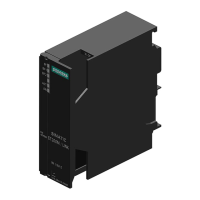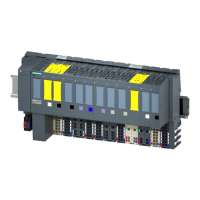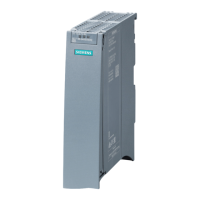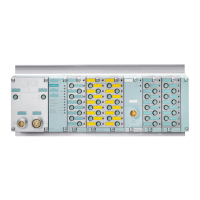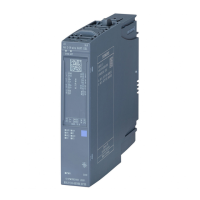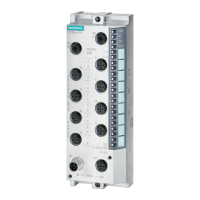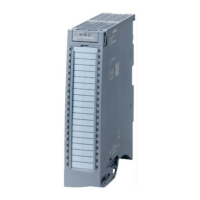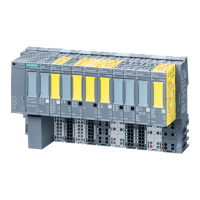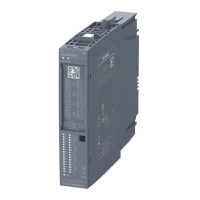Time-based IO basics
2.2 Time behavior of Time-based IO
High-precision input/output with Time-based IO
Function Manual, 08/2014, A5E33454822-AB
15
Time-based IO properties
Time-controlled I/O functionality
Time-based IO stands for time-based processing of I/O signals. All input signals are referred
to one time (TIO_Time). The input signals receive the time stamp t1. After signal processing,
the output event can also be linked with the TIO_Time and output at the required time.
Output takes place at time t2.
Here an example for Time-based IO:
Independence and focus of Time-based IO
The shared time basis (TIO_Time) of all components involved is the basis for Time-based
IO. By using TIO_Time, the accuracy of the output with Time-based IO does not depend on:
● CPU program (program structure)
● Bus cycle times (fieldbus, backplane bus)
● Cycle time of the I/O modules
● Internal cycle time of the IO-Link sensors/actuators
The focus of Time-based IO is not on the I/O response time but on the predictability
(determinism) of I/O signals. With Time-based IO, it is possible to respond to an input signal
with an output signal within a defined time. Keep in mind the system-dependent minimum
response time when using Time-based IO.
Time-based IO stands for:
● I/O functionalities executed with high precision
● I/O processes with time stamp
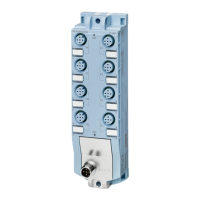
